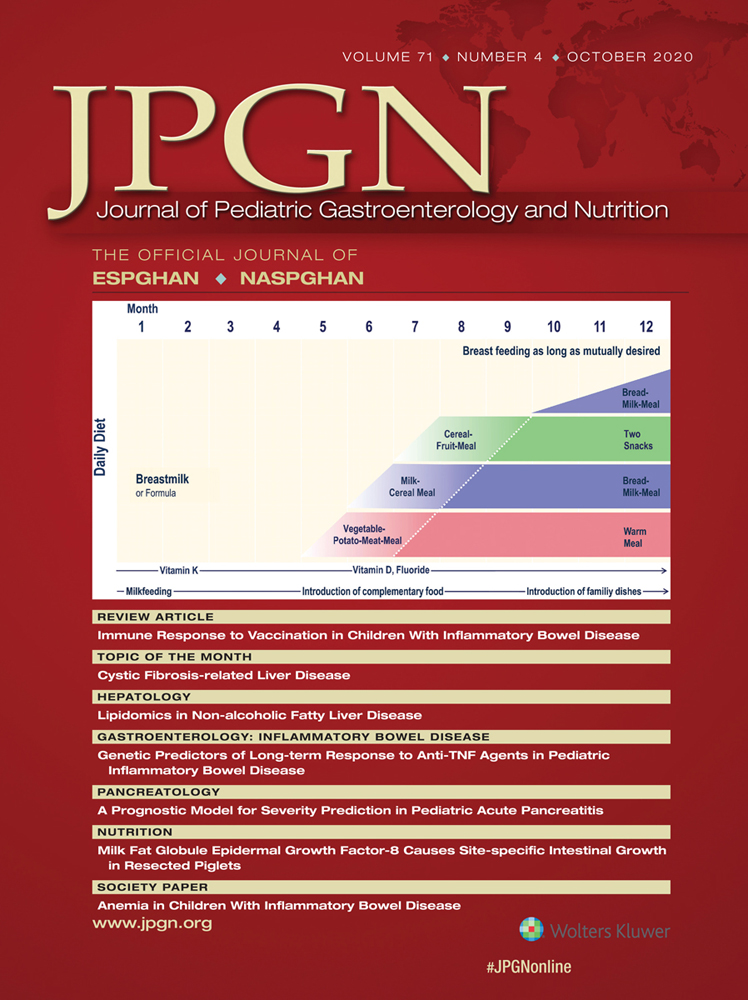Does the Treatment After Kasai Procedure Influence Biliary Atresia Outcome and Native Liver Survival?
The authors report no conflicts of interest.
Supplemental digital content is available for this article. Direct URL citations appear in the printed text, and links to the digital files are provided in the HTML text of this article on the journal's Web site (www.jpgn.org).
ABSTRACT
Objectives:
Biliary atresia (BA) is a rare and progressive idiopathic disease affecting the biliary tract that can lead to end-stage liver disease. The main treatment is Kasai portoenterostomy (KP). The use of adjuvant therapy (AT; prophylactic antibiotics and steroids) after KP aims to prevent cholangitis and reduce the need for liver transplantation (LT), but there is a lack of evidence on their effectiveness. We investigated the impact of significant changes in the post-KP protocol on the overall outcomes of BA.
Methods:
We enrolled 43 consecutive infants undergoing KP at Bambino Gesù Children's Hospital between July 2012 and October 2018. We compared AT (AT group; n=25) against no treatment (AT-free group; n = 18).
Results:
No significant differences in anthropometric and laboratory parameters were shown between the 2 groups at baseline and every study evaluation (1, 3, and 6 months). The incidences of clinical complications of liver disease were similar. Six months post-KP, the achievement of serum total bilirubin ⩽1.5 mg/dL and satisfactory Pediatric End-Stage Liver Disease scores were not significantly different between the 2 groups. Cholangitis was observed in 30% of patients in the first 6 months postoperatively: 33% and 28% in the AT-free and AT groups, respectively (P = 0.18). Survival to LT listing at 12 months and without LT at 24 months were not significantly different between the 2 groups (P > 0.05).
Conclusions:
AT after KP confirmed conflicting results; therefore, multicentered, prospective, randomized control studies are needed to better understand its utility after KP, especially in the multidrug resistance spread era.




